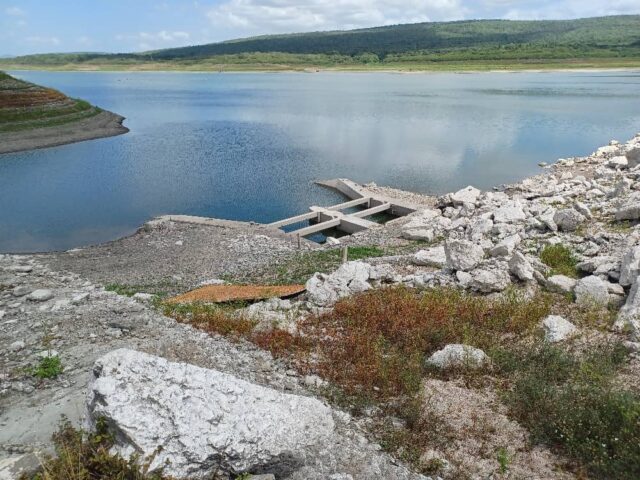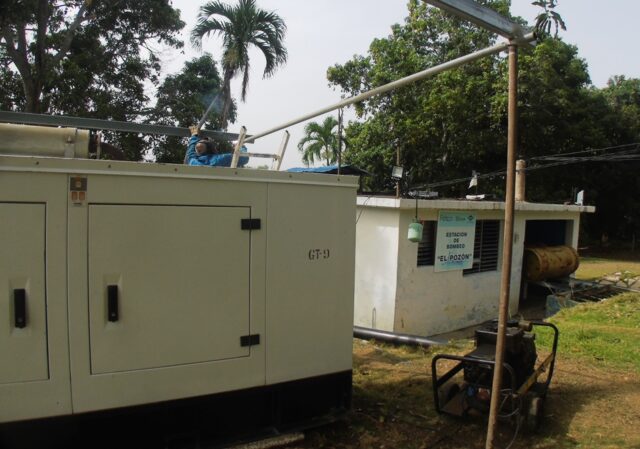 Guantanamo.- The lack of rainfall in the first six months of the year has severely affected the state of Guantánamo’s reservoirs, which are only at 28 percent of their capacity. The most critical situation is in the La Yaya, Jaibo, and Faustino Pérez dams, according to information released at the meeting of the provincial drought management group, chaired by Carlos Raúl Martínez Turro, Vice Governor of the territory.
Guantanamo.- The lack of rainfall in the first six months of the year has severely affected the state of Guantánamo’s reservoirs, which are only at 28 percent of their capacity. The most critical situation is in the La Yaya, Jaibo, and Faustino Pérez dams, according to information released at the meeting of the provincial drought management group, chaired by Carlos Raúl Martínez Turro, Vice Governor of the territory.
“In the province, the rainfall in recent weeks has been insignificant and has decreased compared to previous periods,” said Carlos Román González, director of the Guantánamo Meteorological Center.
The increasing drought is significantly complicating the water supply to the population, a situation that is worsening in several municipalities and in the southern part of Guantánamo City, and is becoming more complex in the current electricity situation.

The “La Yaya” dam, the largest reservoir in the province, is in the most critical situation, currently filling only 10 percent of its capacity. Its current volume, which had a capacity of 160 million cubic meters, is less than 17 million cubic meters. This problem impacts the water supply to the municipalities of Niceto Pérez, Caimanera, and the southern part of Guantánamo City, affecting more than 85,000 residents.
Yinet Marzo Manuel, general director of the Hydraulic Resources Development Company in the province, described the current state of the main dams that serve the city and municipal capitals as “extremely worrying.”
“If weather conditions do not improve,” the executive emphasized, “the reservoir situation will become more unfavorable, requiring increased control measures under Law 124 on Terrestrial Waters, given situations of declining water availability. Priorities are given to human and animal consumption, healthcare, and, lastly, agricultural irrigation.”
Data from the provincial Water Resources Delegation show that the municipalities of Manuel Tames, El Salvador, Imías, Niceto Pérez, Maisí, and Guantánamo are experiencing the greatest difficulties in supplying water to the population through various channels, and where distribution cycles are the longest.
In recent weeks, delivering the precious liquid to the population has become more difficult given the complex electricity situation and fuel shortages, which impact the stability of pumping and transporting water by tanker truck to the more than 30 affected communities.
When the provincial drought response group assessed the difficulties in supplying water to the population, it was learned that among the alternatives adopted were the installation of generators at several pumping stations, which require an investment to transfer water from the northern to the southern part of the city, as well as other construction work being carried out on aqueducts and pipelines in various settlements.
Furthermore, tanks with a capacity of 1,000 liters are being installed on trucks for sectors such as health and education, new water access points are being created, and increased conservation and surveillance are being implemented to prevent violations such as opening valves and illegal irrigation.